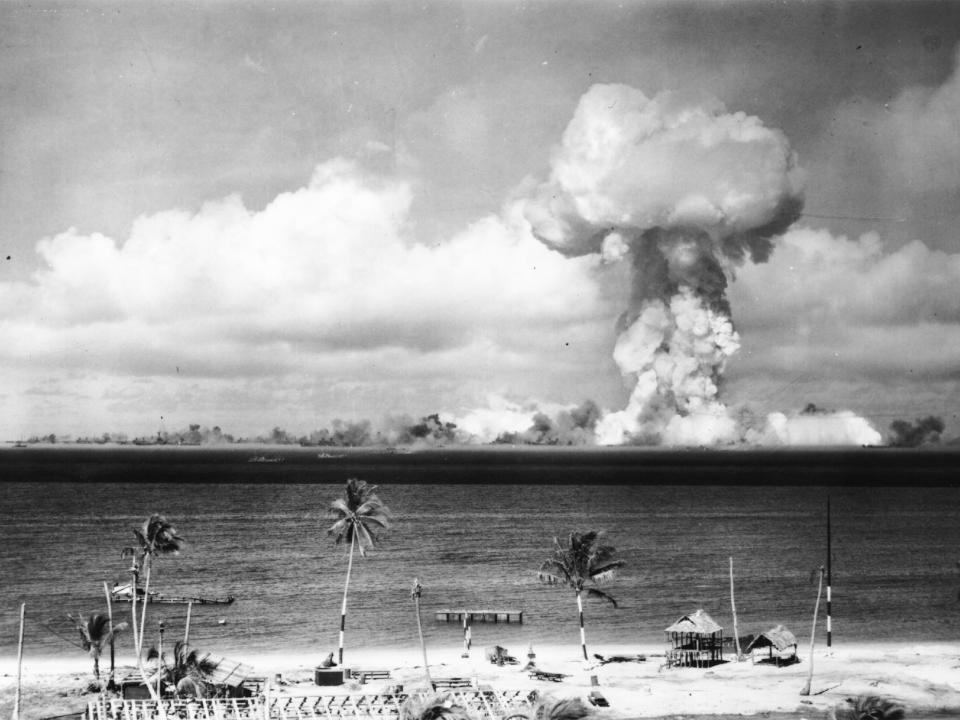Katsuko Saruhashi: Five things you need to know about the pioneering geochemist
Google's latest Doodle honours the great Japanese geochemist Katsuko Saruhashi (1920-2007), a pioneer in her field who paved the way for women in science.
Saruhashi was among the first to measure carbon dioxide levels in seawater and raised international awareness about the dangers of radioactive fallout as an atmospheric pollutant.
Here are five things you need to know about this eminent geoscientist.
1. Katsuko was inspired by the flight of raindrops
Katsuko's fascination with water began at an early age. As a schoolgirl in Tokyo, she would watch raindrops cascade down the windowpane of her classroom and became fascinated with their molecular behaviour.
She resolved to become a scientist and graduated from the capital's Imperial Women's College of Science in 1943, later becoming the first woman to complete a doctorate in chemistry at the University of Tokyo in 1957.
2. She developed a new method for measuring ocean acidity
Working in the Geochemical Laboratory of the Meterological Research Institute, Saruhashi began studying the CO2 content of seawater, an area previously considered insignificant, so much so that she was forced to develop her own means of measuring it.
Subsequently referred to as "Saruhashi’s Table", the innovations she developed for gauging the concentration of carbonic acid in water has since become a global standard.
3. Saruhashi's research helped secure limits on nuclear testing in the wake of Bikini Atoll
When the US government began carrying out nuclear tests in the Pacific at Bikini Atoll in 1954, Saruhashi's expertise in the chemical makeup of oceans was invaluable.
After the crew of a Japanese trawler fishing downwind from the testing site became mysteriously ill, Tokyo assigned the Geochemical Laboratory to investigate the surrounding seas for nuclear contaminants.
Saruhashi found that radioactive materials were being carried in the seawater and would reach Japan within 18 months and that the entire Pacific would be contaminated by 1969 if tests continued.
Her conclusions were crucial to the US and Soviet Union agreeing to halt aboveground nuclear blasts, a breakthrough accord at the height of the Cold War.
4. She blazed a trail for women in science around the world
Saruhashi's important contributions - and the positive geopolitical consequences of her intervention - saw her become the first woman elected to the Science Council of Japan.
She was also the first woman to win Japan’s Miyake Prize for geochemistry and received many other accolades, including the Avon Special Prize for Women in 1981 - for promoting the peaceful use of nuclear power - and the Tanaka Prize from the Society of Sea Water Sciences in 1993.
5. An award for female scientists is given out every year in her honour
Saruhashi made a point of using her acclaim to help further the careers of other women.
The Saruhashi Prize, inaugurated in 1981, is now awarded annually to outstanding female researchers in Japan.
"There are many women who have the ability to become great scientists", she said.
"I would like to see the day when women can contribute to science and technology on an equal footing with men."

 Yahoo News
Yahoo News 

